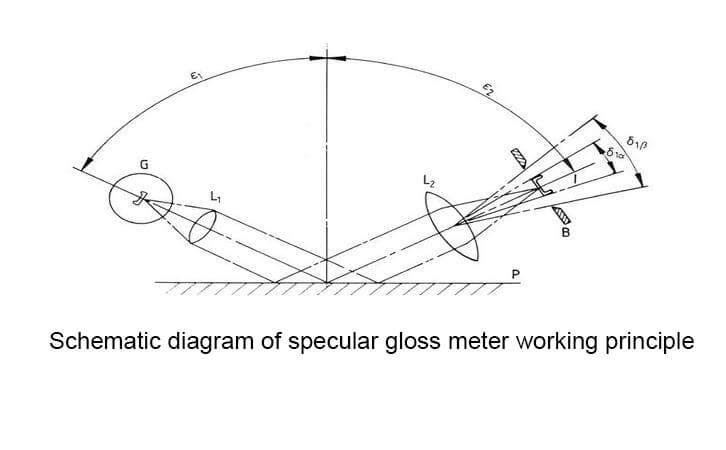Specular Gloss Meter Units and Working Principle
Gloss is the physical quantity that evaluates the ability of a material to reflect light at a set of geometrically defined conditions. Therefore, it expresses the reflective properties with direction selection. According to the characteristics of the gloss, the gloss can be divided into several categories. The gloss that we usually say refers to the specular gloss, so it’s called gloss meter sometimes called a mirror gloss meter.
In theory, gloss is defined as the proximity of the specular reflectivity of an object surface to the full specular reflectivity. For the specular surface, the incident light is almost completely reflected in the mirror direction. For a "matte" surface, the incident light is reflected at any angle, and a so-called diffuse reflection phenomenon occurs. Most prints are neither completely mirrored nor completely matte, but in between.
1. Specular gloss meter unit
Gloss is a comparative quantity and is a dimensionless quantity. Generally speaking, the gloss of a material is 99GU, but GU is not a unit of gloss and is the acronym for GLOSS UNIT. For example, the measuring range of the LS192 gloss meter is 0-1000GU.
2. Specular gloss meter working principle
The light source G emits a beam of light passing through the lens L1 to reach the measured surface P, and the measured surface P reflects the light to the lens L2. The lens L2 concentrates the light beam to the photocell located at the light column B, the photocell converts the optical signal into electrical signal and sends it to the processing circuit. Then the gloss meter displays the measurement results. As the picture above.
The sheen gloss meter is mainly used to detect the surface gloss of various materials, and the uniformity of the surface gloss of the material is judged by comparison and statistics of multiple data.
